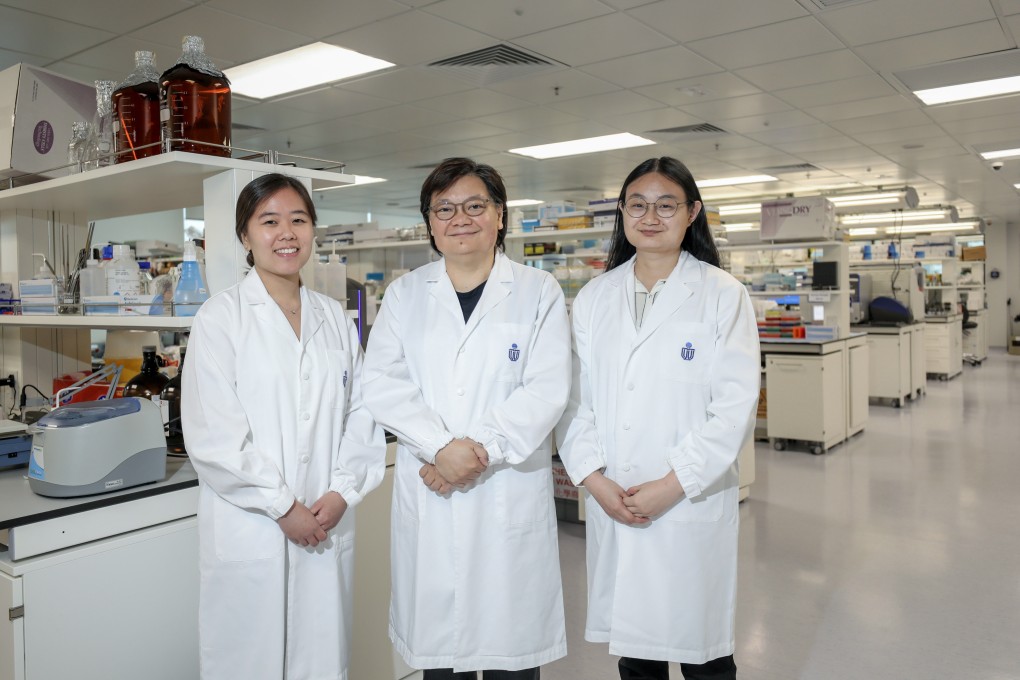Hong Kong scientists’ breakthrough brings hope of Alzheimer’s cure. Here’s how they did it
HKUST team screened 300,000 chemical compounds in nine months and selected around 10 candidates with potential

The Chinese Communist Party’s third plenum last month set the country’s long-term direction on economic policy, with strategic industries such as AI and biomedicine targeted. Traditional enterprises will also be encouraged to transform with the help of technology.
In this five-part series, the Post looks at innovations by up-and-coming Hong Kong scientists who are already making waves and may even be the next big winners like tech giants DJI and SenseTime.
Amy Fu Kit-yu recalls the sheer joy when she and her team of researchers discovered after years of effort that injecting a certain protein into mice with Alzheimer’s disease reduced toxic substances believed to be responsible for the condition.
“We gathered the whole lab to look at the test results and asked them what they could observe,” said Fu, a life science research professor at the Hong Kong University of Science and Technology (HKUST).
“I was extremely happy to find out the pathway. This is why we are addicted to scientific research.”
Fu, a leading researcher in the team headed by university president Professor Nancy Ip Yuk-yu, started her quest about 10 years ago amid a global race among scientists to find a cure for Alzheimer’s disease, a devastating neurodegenerative condition that affects more than 50 million people worldwide.
The team won two top prizes at the 49th International Exhibition of Inventions Geneva in April, with Hong Kong sending its largest delegation yet this year.
